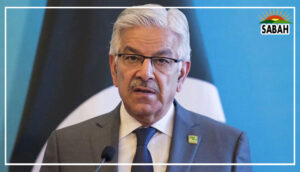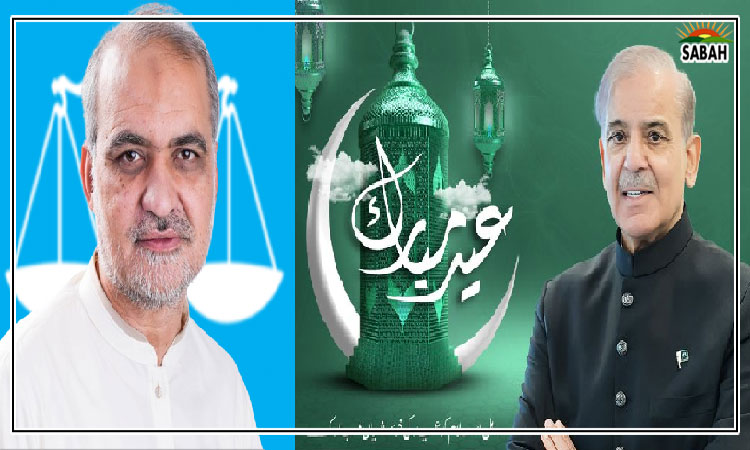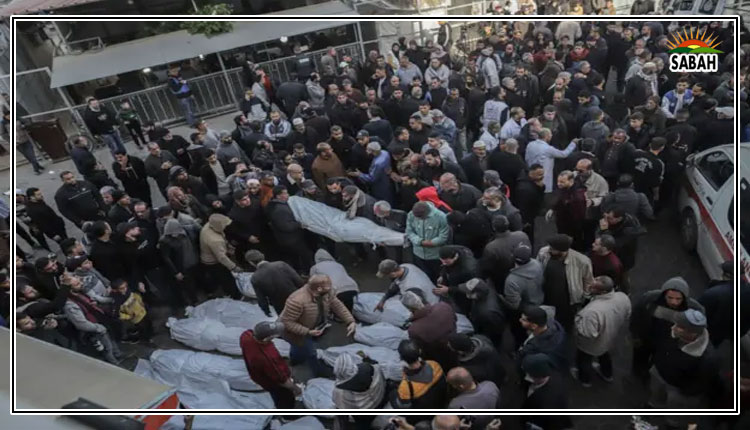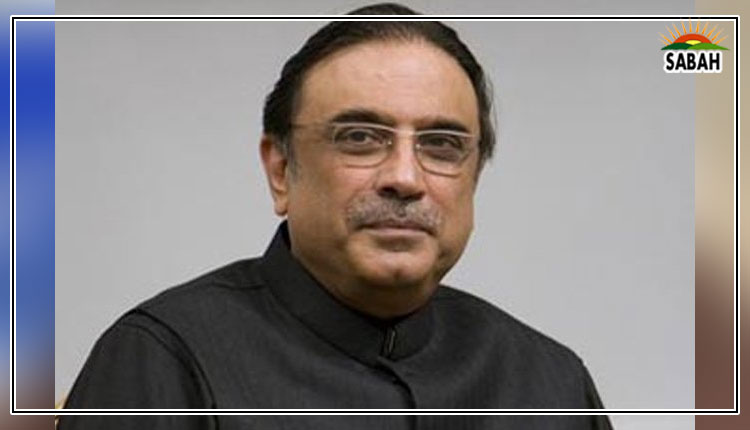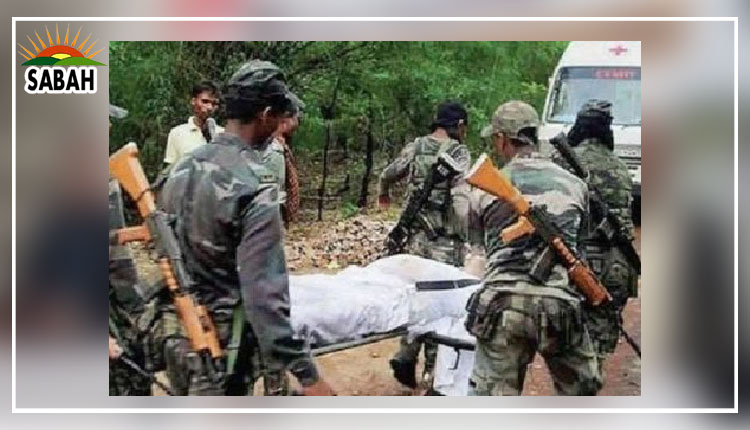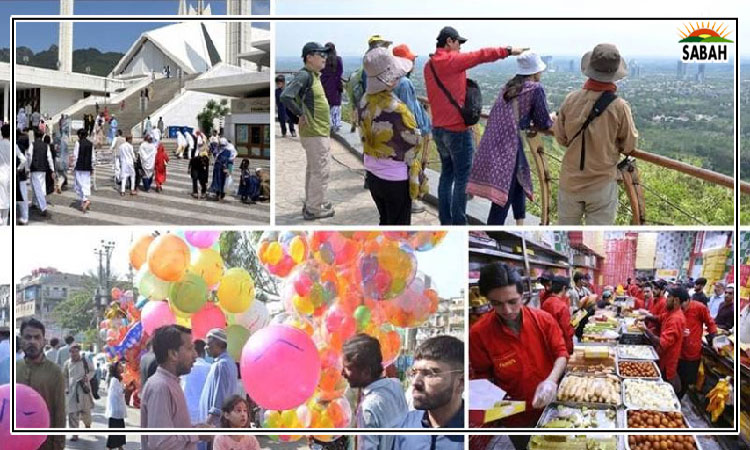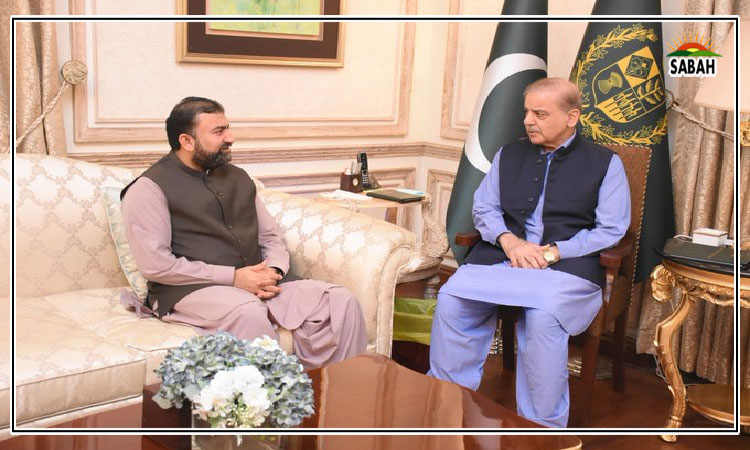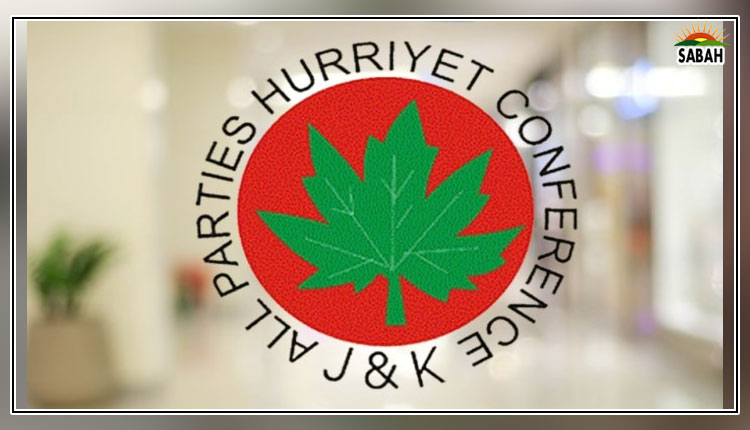Revisiting the CoD…Arifa Noor
IN recent years, the Charter of Democracy has become the holy grail of our politics perhaps even a term that, Camelot-like, denotes nostalgia for the golden years post-2008. No wonder, then, it is seen as the only solution for going forward.
At times, it appears that if there was democratic consolidation, it was due to the CoD and the slide backwards was also due to the emergence of PTI and its staunch refusal to accept the charter. The diagnosis in itself presents the cure.
While the CoD is a detailed document, much of this diagnosis and cure is attributed to the philosophy behind the charter in which the parties accepted each other as legitimate forces.
However, since then, there has been very little debate over the charter and post-2008 politics to provide a clearer picture of what worked and what didnt we need a debate to perhaps tweak it for improvement.
For instance, the bilateral consensus to fill key positions such as the NAB chairman or caretaker set-up clearly needs to be revisited in view of the experience since the appointment of Javed Iqbal. Perhaps the focus needs to be on the institution, not just a suitable individual. However, this is a side issue.
In retrospect, returning to the larger idea behind the CoD and how it increased political space for parties because of their acceptance of each other, the space available to political parties after 2008 was also due to the militarys symbolic retreat.
Under Gen Ashfaq Kayani, there was a decided effort to step back from politics or overt interference, which allowed the PPP government to not only complete five years in power but also pass the 18th Amendment.
That this seminal legislation may not have passed so smoothly had the establishment been more aggressive cannot be discounted. After all, much else in the way of the executives decision and policymaking proved to be ineffective thanks to a number of reasons, including an aggressive judiciary.
The Charter of Democracy was not the only factor which led to relative stability post-2008.
The government was not very stable, partly due to its numbers in parliament and partly due to the courts. And despite the rose-coloured glasses through which we view a past where the PML-N and PPP were willing to live and let live, the five years were not all milk and honey.
The latter tried, at least once, to remove the formers government in Punjab when its governor, Salmaan Taseer, imposed governors rule. Later, the PML-N had no compunctions about taking the Memogate issue to court, where in the initial days, the trial of the head of a political party for treason seemed in the realm of possibilities.
Second, the establishments public retreat from politics began to end with Kayanis departure. The PTIs dharna in 2014, and the apex committees formed to tackle terrorism were cases in point. By then, the military officers in apex committees were speaking of governance and corruption issues, statements which were also making their way to the press.
By the time arresting political leaders became the norm in Karachi and beyond, there was little doubt the policy of live and let live had weakened, perhaps not because parties were willing to destroy each other as in the 1990s but because they were willing to let others be targeted if it meant their own power base could be saved. By the time, the PTI emerged, the party was willing to not just take advantage of this tendency within the establishment but also to push for it. A similar approach has now been adopted by the PML-N.
However, this is not to say the establishment is the only variable. One reason for this relative stability within the PML-N and PPP was also because both had carved out their spheres of influence Punjab and Sindh, respecting the boundaries of the other. Here, the PPP perhaps sacrificed more, for its retreat from Punjab turned it into a provincial party from a national one. And the only reason tensions arose between the two were the arrests in Sindh, such as that of Asim Hussain.
While this may have been a pragmatic decision by the two parties, it created a vacuum at the national level. To assume this vacuum would not have been filled and the PPP and PML-N would have lived happily ever after, but for the establishment and the PTI, is perhaps too optimistic. The people are also a factor here. (One would do well to remember who, before Imran Khan, could hold jalsas in Karachi, Lahore and Peshawar and beyond.)
The point here is not to say that the CoD is irrelevant but to understand that it was not the only factor which led to relative stability or progress in the post-2008 period; there is a larger context in which it worked. And that larger context will have to be recognised for an accurate stock-taking of the CoD.
However, other than this, there was a major flaw in the CoD, which allowed the PPP and PML-N to stabilise their politics and power centres in Sindh and Punjab while allowing the military to dominate Balochistan and KP, especially regions such as Fata. This golden period of democracy, as we see it, was particularly violent for these two provinces, with military operations and the large-scale displacement of people.
This is something that many of us living in the more mainstream areas are unwilling to appreciate. Consider that one reason for the PTMs aversion to parliamentary politics has been to point out how the forum provided legitimacy to military operations.
In this acceptance of the operations and drone strikes, one can find the popular roots of the victory of the PTI in 2013. And, as a Punjabi, I have to admit, a Pakhtun friend, @Takhalus, had to point this out.
Moving forward on the basis of the CoD is still possible. But in order for progress, it is essential to introspect and debate for improving the CoD, without just wanting others, newer players, to sign off on it. Without understanding the past, the baggage might make moving forward more cumbersome.
Courtesy Dawn


